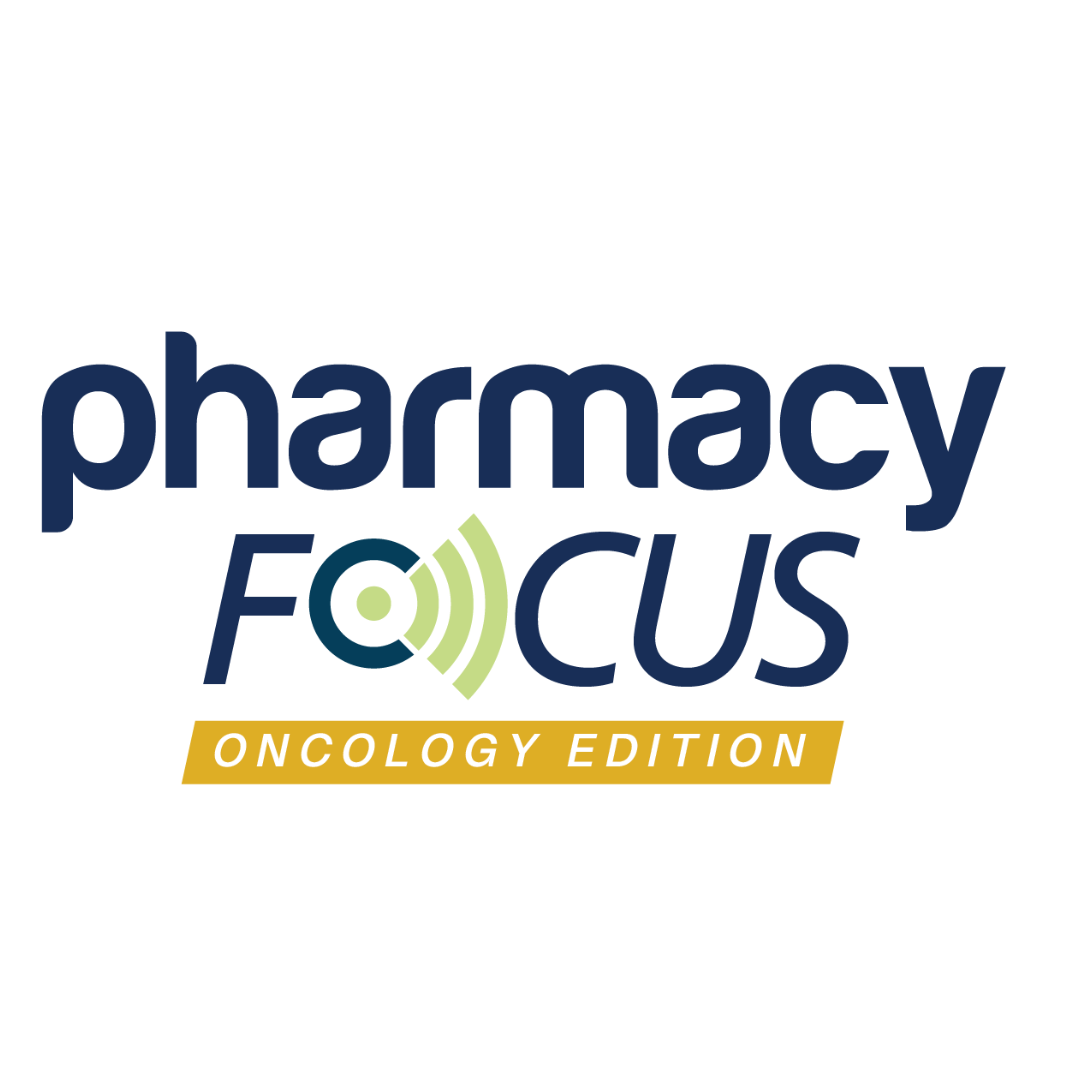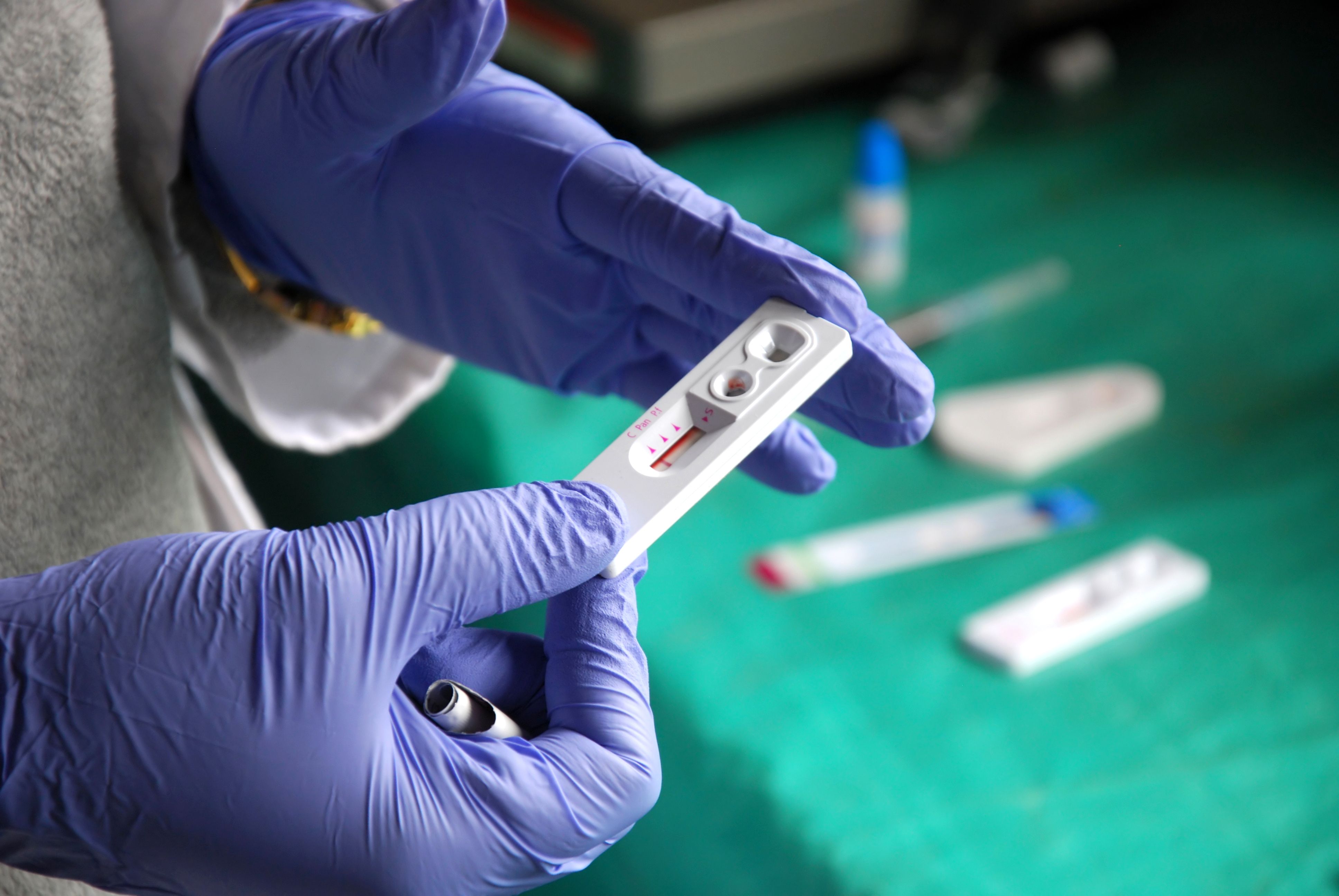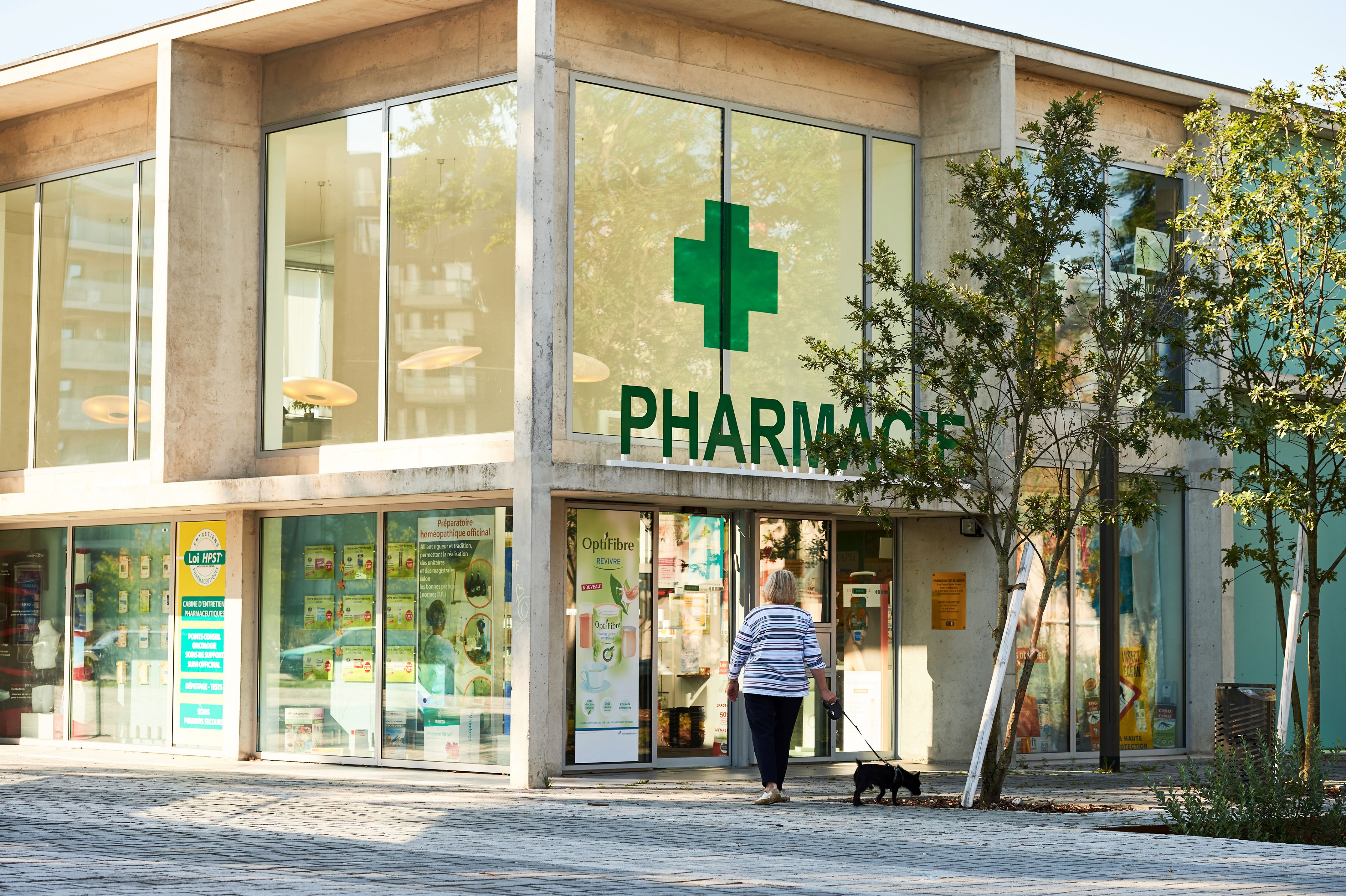Feature
Article
AACP 2025: From Research to Action on Representation Gaps in Pharmacy Education
Key Takeaways
- Disparities in representation persist, with URM faculty below 10% and URM graduate students underrepresented compared to national demographics.
- Limited diversity in academic pharmacy affects innovation, health policy, and outcomes by restricting diverse perspectives in research and education.
Omolola (Lola) Adeoye-Olatunde, PharmD, MS, discusses findings from a multi-year analysis of American Association of Colleges of Pharmacy (AACP) institutional data on faculty and graduate student representation in pharmacy education, highlighting persistent disparities and offering actionable strategies to improve equity and inclusion in the academic pipeline.
At the 2025 American Association of Colleges of Pharmacy (AACP) Annual Meeting, a session titled “Addressing Representation Gaps in Pharmacy Education: Recommendations and Implementation Strategies” brought to the forefront the disparities in faculty and graduate student representation across US schools and colleges of pharmacy. Led by moderator Tessa Jane Hastings, PhD, an assistant professor at the University of South Carolina, and featuring a panel of educators, the session explored findings from a 6-year analysis of AACP Institutional Research data, highlighting both incremental progress and enduring gaps in demographic diversity—particularly among underrepresented minorities (URMs) and international students.
In this interview, Pharmacy Times® sat down with session speaker Omolola (Lola) Adeoye-Olatunde, PharmD, MS, Darr-Chaney assistant professor at Purdue University and principal investigator at the Health Equity Research (HER) Lab, to discuss the data-driven insights uncovered by the research team and their actionable recommendations to enhance equity and inclusion within academic pharmacy. Olatunde elaborates on how representation in the academic pipeline influences broader health disparities, why inclusive learning environments are critical to social accountability in pharmacy education, and what strategies institutions can adopt to drive sustainable change.
Pharmacy Times: What key disparities did your analysis of AACP institutional research data reveal regarding faculty and graduate student representation in pharmacy education?
Omolola (Lola) A. Olatunde, PharmD, MS, is the Darr-Chaney assistant professor at Purdue University and principal investigator at the Health Equity Research (HER) Lab.

Omolola (Lola) Adeoye-Olatunde, PharmD, MS: Our analysis revealed several notable disparities in demographic representation across US pharmacy schools from 2015 to 2020. Although modest gains were observed among URM—including Black or African American, Hispanic/Latino, American Indian, Alaska Native, Native Hawaiian, and other Pacific Islander—the proportion of URM faculty remained below 10% throughout the study period. White faculty, though still the majority, declined slightly from 66.4% to 63.2%, while Asian faculty increased to 18%. Among graduate students, URM representation grew from 7.0% to 10.8%, but this still reflects significant underrepresentation given the broader US population.
We also observed a decline in international graduate students, from over half of the graduate population in 2015 to 44.9% in 2020, which may reflect shifting global and institutional dynamics. Meanwhile, trends in sex distribution showed increases in URM and Asian faculty of both sexes, while White female faculty declined slightly. Overall, these patterns suggest incremental progress in some areas, but persistent disparities remain, particularly in the academic pipeline from graduate training to faculty appointments.
Pharmacy Times: How do these disparities in representation contribute to broader health disparities and racial inequities in pharmacy practice and research?
Adeoye-Olatunde: Inclusiveness in academic pharmacy has implications for innovation, practice, health policy, and ultimately, health outcomes. When faculty and graduate student populations do not reflect the communities they serve, it limits the perspectives brought into research agendas,teaching approaches, and mentorship models. This can reinforce existing gaps in the cultural relevance of curricula, reduce trust between patients and the profession, and perpetuate inequities in access to opportunity within the field itself.
Professor showing molecular model to students. Image Credit: © DusanJelicic - stock.adobe.com

Our analysis found that URM faculty continue to make up less than 10% of full-time faculty across US schools and colleges of pharmacy. While URM graduate student representation improved from 7.0% to 10.8% over 6 years, it still lags far behind national demographic trends. These disparities in the academic pipeline hinder the ability to cultivate inclusive learning environments and to advance community-engaged research that addresses social determinants of health and health disparities.
Additionally, international faculty and students, who bring valuable global perspectives, remain underrepresented or are declining in some areas, likely in part due to recent policy shifts and pandemic-era restrictions. The cumulative effect of these disparities can weaken the profession’s ability to prepare a workforce that is both scientifically excellent and socially responsive.
Pharmacy Times: Can you share specific recommendations your team developed to address the representation gaps you identified?
Adeoye-Olatunde: Yes, we developed a set of preliminary recommendations grounded in the literature with input from the AACP Graduate Education Special Interest Group professional experiences in academic pharmacy. These recommendations aim to address structural and cultural barriers to representation, and we look forward to workshopping them further with attendees at our upcoming AACP Annual Meeting session:
- Strengthen institutional infrastructure to support data collection, policy evaluation, and resource allocation—particularly in recruitment, retention, holistic admissions metrics, equitable funding, and support for faculty and students.
- Foster intentional communication and inclusive environments through graduate student–faculty dialogue, lecture series, workshops, and other community-building strategies.
- Expand community engagement opportunities that connect faculty and students with underserved and representative populations through outreach events, health fairs, and service-learning programs.
- Implement strategies to mitigate bias and retain diverse talent, including implicit bias training, formation of diversity-focused committees, and professional development efforts to support URM and international students into academic roles.
- Develop early pipeline programs in pharmacy and STEM [science, technology, engineering, and mathematics] that include outreach across kindergarten through 12th grade levels, targeted URM recruitment, tracking student progression, and fostering inclusive identity development and belonging.
- Promote awareness of pharmaceutical sciences and graduate education as drivers of innovation, critical thinking, and equitable health systems by highlighting a broad range of career pathways in pharmacy.
- Support high school educators with toolkits and enrichment programs, especially in Title I schools, to raise awareness of pharmacy education and offer seminars on time management, study skills, and career planning.
- Create affinity-based mentorship programs for students and faculty, while tracking experiential learning placements to ensure exposure to diverse preceptors, practice settings, and patient populations that foster cultural humility.
Newsletter
Stay informed on drug updates, treatment guidelines, and pharmacy practice trends—subscribe to Pharmacy Times for weekly clinical insights.






